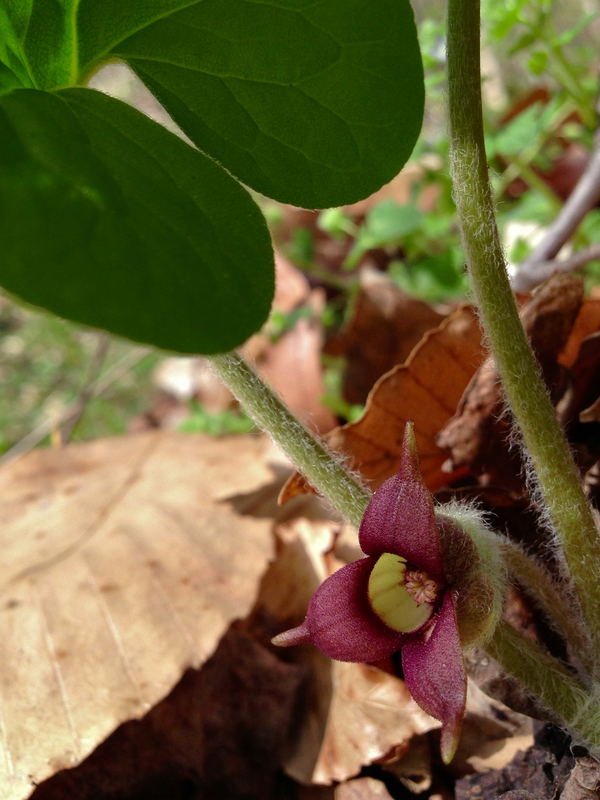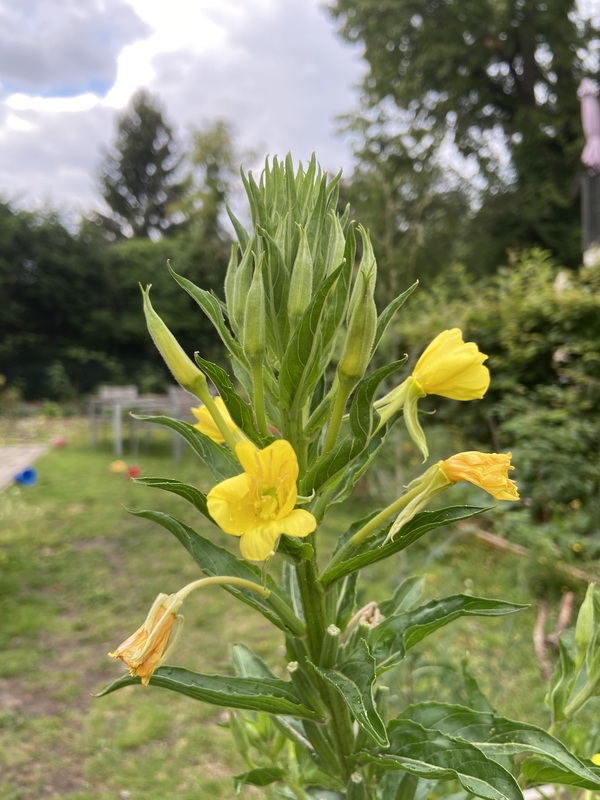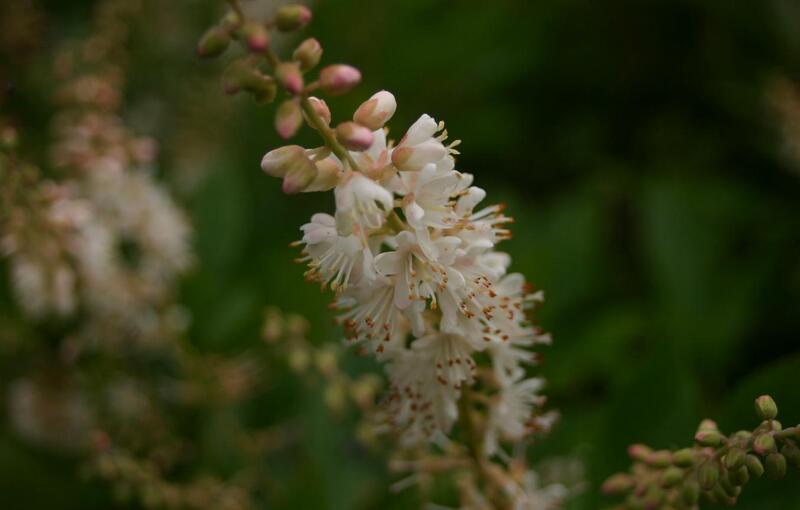Description
The Canadian anemone, also known as Anemone canadensis, is a herbaceous perennial native to North America. It typically grows in moist, shaded woodlands, along streams and in meadows.
The Canadian anemone has a stem that can grow up to 50 cm tall, with deeply lobed leaves that are dark green on the top and pale green on the bottom. The plant produces white, cup-shaped flowers with yellow stamens in the center. These flowers bloom from early spring to early summer.
In terms of growth, the Canadian anemone is a slow-growing plant that can spread through its rhizomes, forming colonies over time. It prefers moist, well-drained soil and partial shade, but can tolerate full sun if grown in moist soil.
To cultivate the Canadian anemone successfully, a grower will need to provide it with the right growing conditions and give it time to establish itself. The plant is winter hardy and will generally tolerate cold temperatures.
The Canadian anemone is not edible, but it does provide value to wildlife. The plant is a source of nectar for bees and other pollinators, and its leaves provide cover for small animals.
In terms of uses, the Canadian anemone has been used medicinally in the past to treat a variety of ailments, including respiratory problems and skin irritation. It is also sometimes used as a ground cover or in naturalized plantings.



